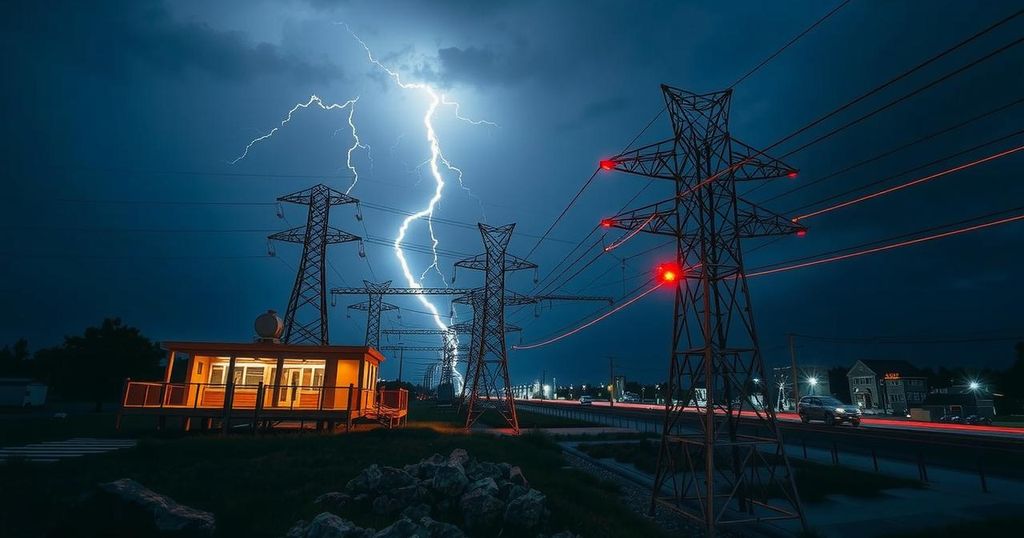Bomb Cyclone Reveals Vulnerabilities in Washington’s Electrical Grid

The bomb cyclone in Western Washington left 500,000 people without power, exposing critical weaknesses in the electrical grid. The storm highlighted urgent repair needs, increasing electricity demand, and challenges in communication between utilities and emergency services. Experts call for significant upgrades, investment in renewable energy, and innovative solutions to improve grid resilience as the state moves to a carbon-free future by 2045.
The recent bomb cyclone that swept through Western Washington disrupted power for approximately 500,000 residents, revealing significant vulnerabilities within the region’s electrical grid. As the powerful low-pressure system descended from the coast, it generated hurricane-level winds that uprooted trees and toppled power lines, leading to extensive damage. The magnitude of repairs has left numerous homes, schools, hospitals, and businesses without electricity for days, highlighting the urgent need for an upgrade to the Pacific Northwest’s energy infrastructure as the state moves towards cleaner energy solutions by 2045. Experts emphasize that not only is there a necessity for expanding power generation and transmission capacity, but there is also a critical shortage of skilled labor to carry out maintenance and repairs. The demand for electricity in Washington State is on the rise, while the impacts of climate change exacerbate the challenge. “We have a lot of work to do,” stated Nancy Hirsh, executive director of the Northwest Energy Coalition, underscoring the need for resilience against increasing climate-related events. Utilities are urged to invest in diversified renewable energy sources, localized battery storage projects, and innovative microgrid systems to enhance reliability. However, anecdotal evidence suggests communications between utilities and emergency management agencies were lacking during the outage, leading to confusion and delays in power restoration efforts. As Washington strives to modernize its grid and transition away from fossil fuels, the challenges highlighted by this storm call for immediate action and long-term strategic planning for future resilience.
Western Washington’s electrical grid is facing increasing strain due to rising demand and climate change impacts. The bomb cyclone incident highlighted existing vulnerabilities, particularly in communication and coordination during emergency situations. As renewable energy initiatives are mandated by state law, utilities must not only enhance infrastructure but also address workforce shortages to maintain and upgrade the grid effectively. Experts advocate for systemic changes, including the adoption of advanced technologies and diverse energy sources, to prepare for more frequent severe weather events in the future.
The fallout from the recent bomb cyclone serves as a critical reminder of the vulnerabilities in Western Washington’s electrical grid, necessitating immediate and substantial reforms. As the region grapples with climate change implications and rising electricity demand, experts recommend diversifying energy sources, increasing infrastructure resilience, and improving communication protocols between utilities and emergency services. In the broader context, these adjustments are essential for ensuring reliable energy access and safeguarding public safety in the face of escalating weather challenges.
Original Source: www.seattletimes.com






